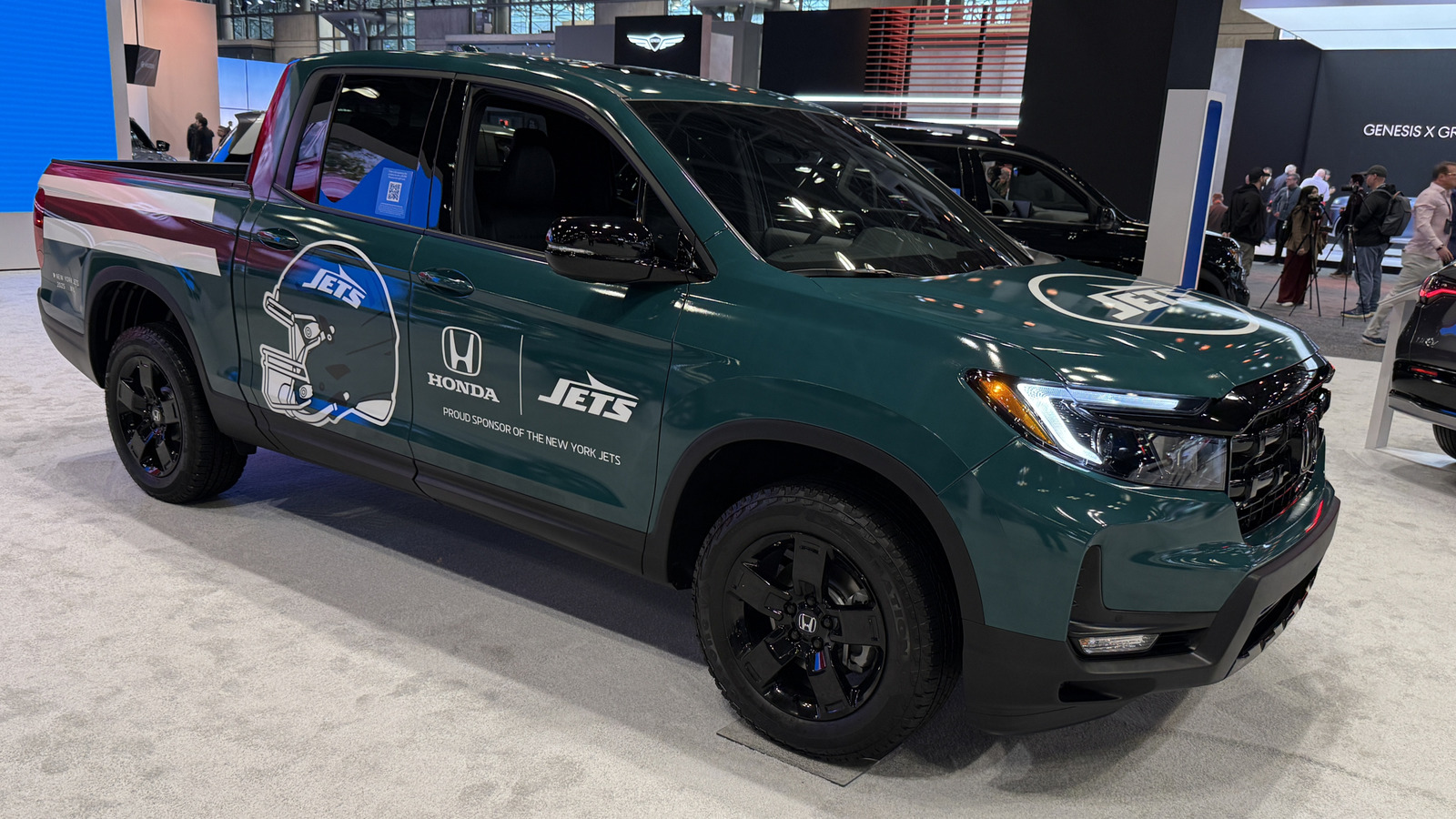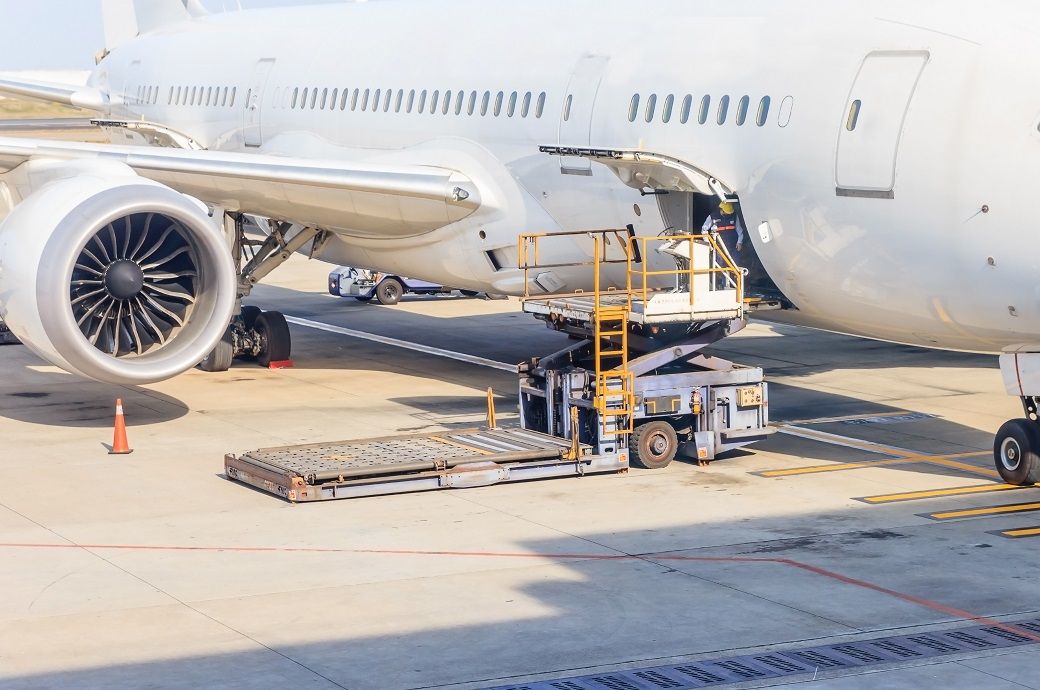ATBS says independent drivers earned a little more in ’24 but drove more as well
Independent owner-operator pay rose in 2024 but not by a lot, according to the president of ATBS. The post ATBS says independent drivers earned a little more in ’24 but drove more as well appeared first on FreightWaves.

Independent truck drivers on average made a bit more money in 2024 than they did in 2023, but they worked harder for those extra dollars.
That’s the conclusion of Todd Amen, the president of ATBS, long one of the leading accounting and financial advisers serving independent owner-operators. With income tax day looming in less than two weeks, Amen by now has processed enough tax returns to have a critical mass of data on how truck drivers did in a market last year that most people were happy to put in the rearview mirror.
The basic figure: The average driver last year served by ATBS made $64,000. That is $1,000 more than in 2023, just under 1.6%.
But that figure includes part-time drivers as well. For drivers who worked the whole year, the number rises to about $86,000, also up $1,000 for the year. The figure for the top 10% of drivers whose taxes and finances were processed by ATBS was $215,000, Amen said, up from $212,000 in 2023.
But the slightly higher incomes came with a cost, Amen said. The average full-time driver who is a client of ATBS drove 93,000 miles in 2024, up about 4% from the prior year.
“So on average, they’re working harder,” Amen told FreightWaves in a telephone interview. “They’ve been working harder for two years to make a little bit more money.”
Big money for special uses
The top earners in the ATBS clientele are the ones who “do such unique things that it’s not really about the miles,” Amen said. He cited truck drivers who haul hazardous materials and giant windmill blades as examples.
ATBS describes itself as the largest business management, accounting and tax company in the U.S. providing services to owner-operators.
Amen said that while some of ATBS’ clientele consists of company drivers, the overwhelming majority of customers are independent owner-operators.
That position still has given Amen insight into what drivers have been doing in recent years.
When the double whammy of Russia’s invasion of Ukraine combined with the sharp falloff in spot rates in the first quarter of 2022, “tens of thousands of drivers were like, I can’t make money doing this anymore,” Amen said. “My sense is that half of them went to fleets with their truck because fleets have longer-term contracted rates. And things were still pretty good at the fleets.”
As rates have continued to either fall or languish at low levels, Amen conceded that he didn’t have hard numbers but “certainly some of those independent drivers became company drivers, and some left the industry.”
Diesel helped….a little bit
The gradual fall of diesel prices over the second half of 2024 was a benefit to drivers, Amen said. But it wasn’t enough: His estimate is that diesel prices were down on average about 7 cents per mile, but that rates were down 10 cents per mile, “which means it was still a tough year.”
As Amen noted, rates booked in the spot market without benefit of a fuel surcharge should be set at a level that covers the price of diesel. But with volatility in rates and in diesel at the same time, that’s not always possible.
Falling rates overall do help drivers “from a cash flow perspective,” Amen said. If a fuel surcharge or rate that assumes a higher price is set as the pump price falls, “that definitely helps.”
Amen, as head of ATBS, is in position to see a lot of the steps drivers take to cope with a weak trucking market. His recommendation is a basket of choices to be taken, none of them having any particular magic.
They mostly boil down to keeping the wheels turning.
“Running more miles, generating more revenue, being more productive is fruitful in a time like this, when rates just aren’t paying me enough,” he said.
Responding to the cries on truck driver-focused pages on social media to “stop taking cheap freight,” Amen advised the opposite.

Once fixed costs are accounted for by running miles – defined as truck payments and insurance, as well as the need to compensate the person behind the wheel – drivers need to view their costs beyond that as variable, consisting mostly of fuel and maintenance dollars.
“If they can run hard and work hard and make those fixed costs, all they have to pay the rest of the month is their fuel and maintenance to run,” Amen said. “That’s their contribution margin.” The margin before breakeven is reached might be 40%. But afterward, it can rise to 60% to 65%.
“And so there will always be that economic opportunity for those that want to work harder to make more money,” Amen said. “Maybe I need to take that backhaul load and make 15 cents per mile on my contribution margin.” It isn’t a lot, he said, but thinking of finances that way should lead to a decision: “It should not be just never take a load below $2 per mile. You need to understand your costs and think about your business right.”
The role of B-1 drivers
Amen recently attended the 2025 Truckload Carriers Association annual meeting. In discussing the opening address by Bob Costello, chief economist of the American Trucking Associations, Amen turned a discussion on capacity to an observation by Costello about the role B1 drivers are playing in trucking capacity.
Costello noted that Mexican drivers who are classified as B-1, which means they can move freight between the U.S. and Mexico but not between two U.S. destinations, were impacting capacity and could be the target of a Trump administration crackdown.
The discussion with Amen turned to how Landstar (NASDAQ: LSTR) capacity data is cited as a barometer of trucking capacity. It has been falling for several years and yet rates continue to languish.
“Landstar takes the best of the best,” Amen said. “They have an extremely difficult qualification process.”
But the B-1 drivers who are providing “cabotage” services, between two destinations in the U.S., “are running in the spot market kind of under the radar,” he said. Even with all the rules regarding freight movement in the U.S., illegal hauling of freight “is obviously happening.” The end result is that “we have got a lot of people hauling freight for wages that we can’t afford in the U.S.”
More articles by John Kingston
Clash on legal status of California transportation waivers highlighted at TCA
Carriers big and small at TCA wait for signs of freight market turnaround
Truck driver triumphs at Supreme Court in case involving marijuana testing
The post ATBS says independent drivers earned a little more in ’24 but drove more as well appeared first on FreightWaves.
















































































































































































